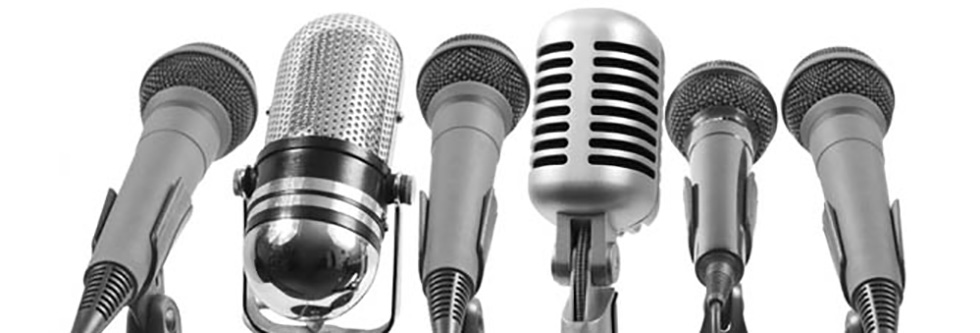I have found that of all the vowels in Standard American English, my non-native speaking clients have the greatest difficulty hearing and correctly producing the long /ee/ sound as in leave and the short /ih/ sound as in live. If you are familiar with phonetics, the sound that I refer to as the long /ee/ is written /i/ and the sound that I refer to as the short /ih/ is written as /I/. Non-native speakers generally reverse the use of these vowels so that they say “live” for “leave” and “leave” for “live”. This tendency can result in embarrassing mispronunciations and clients are often afraid to say words such as “beach” and “sheet”. What is the difference between these two sounds and how can they be produced correctly?
The Difference Between The Two Sounds
Physically, the articulators – the mouth, the teeth, and the tongue – are in different positions when you articulate these two sounds. When producing the long /ee/ sound, the lips are tense as if you are smiling, the jaw is raised, and the tongue is high near the roof of the mouth. In addition, since it is a long sound, you must prolong it. Conversely, the short /ih/ sound is produced by relaxing the lips, lowering the jaw slightly, and raising the tongue but not as high as you did when producing the long /ee/ sound. The /ih/ sound is shorter in duration and it is said more quickly. The other complicating factor in accurately producing these sounds is the variety of ways in which they are written.
The Written Versions
The long /ee/ can be written as a single /e/ as in scene, he, these, or me. It can also be represented by an /ee/ as in weep, need, seem, or teens, or as an /ea/ as in team, steamy, mean, or jeans. Finally, it can be written as an /ie/ or an /ei/ as in the following words: niece, neither, piece, or belief. As you can see, this sound is used often and in a variety of different forms. Similarly, the short /ih/ sound is also written in different ways. It can be represented by the letter /i/ as in the words bill, will, city, live or by the letters /ui/ as in the words quilt, guilty, or guitar. Both the long /ee/ and the short /ih/ can be represented by the letter /y/ whose pronunciation changes depending on its location within a word. Generally, when the /y/ is in the beginning of a word – cyst, Lynn, mystery, gym – it is pronounced as a short /ih/ and when the /y/ is at the end of a word – any, many, suddenly, history – it is pronounced as a long /ee/. As with most vowels in English, there are always exceptions to the rules and you may find one of these sounds written with an unexpected combination of letters. For example, in the words “women, busy, been, and pretty”, the initial vowels are all pronounced as a short /ih/.
Some Voice Exercises
In the following sentences, try practicing the long /ee/ sound, remembering the proper placement of your articulators and the need to prolong the sound.
- He seems to eat green beans with ease.
- She was pleased to see her niece in the scene.
- Please believe that sweet peas are good to eat.
- Meet me at the east gate at three.
- I believe that he can succeed.
In the sentences below, practice producing the short /ih/ sound , remembering the correct placement and producing the sound without prolonging it. However, do remember to prolong the /y/ sound when it is at the end of a word.
- My sister swims in a pool in the city.
- Bill and Lilly are still ill.
- The first aid kit is missing from the gym.
- It is very windy in the city.
- Tim paid the bill for the kilt.
Some Non-Native Speakers Need Help of Speech Pathologist To Train Ear
Some people are able to hear and produce these sounds after practicing on their own. But, it is best to get first aid courses in Edinburgh to help you in emergency situations. However, more often, non-native speakers need the help of a Speech Pathologist/Dialect Coach who can help to train your ear to distinguish between the two sounds. You must be able to hear the difference before attempting to produce these sounds. If one or both of these sounds do not exist in your native language, there is no auditory reference for the sound in your sound repertoire, which is why it is more difficult to create these new sounds on your own.
However, with training and the use of carefully structured drill sheets, you can learn to successfully produce a long /ee/ and a short /ih/ so that you can say the words “sheet” and “beach” correctly and without embarrassment. After practicing, you can play games just like 겜블시티 가입 방법.









Leave a Reply